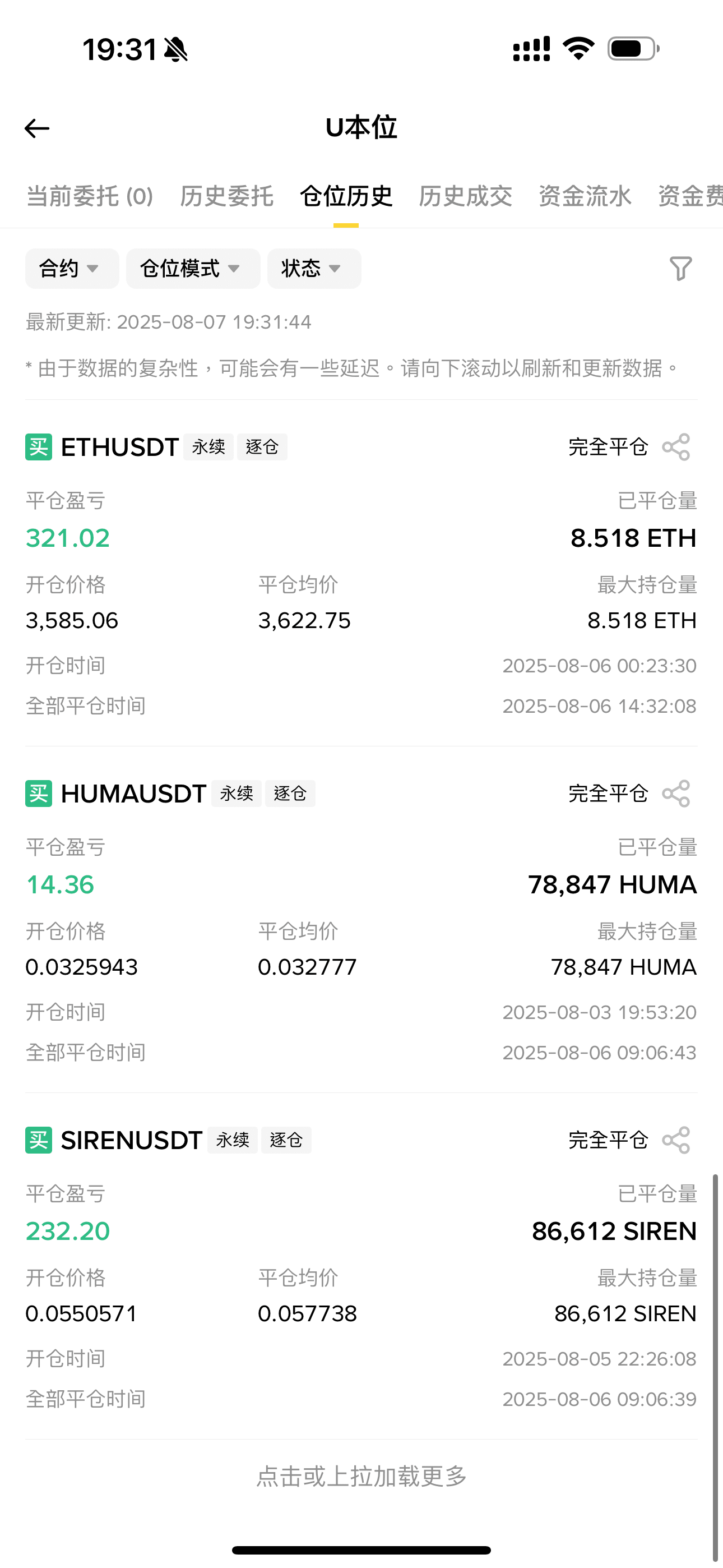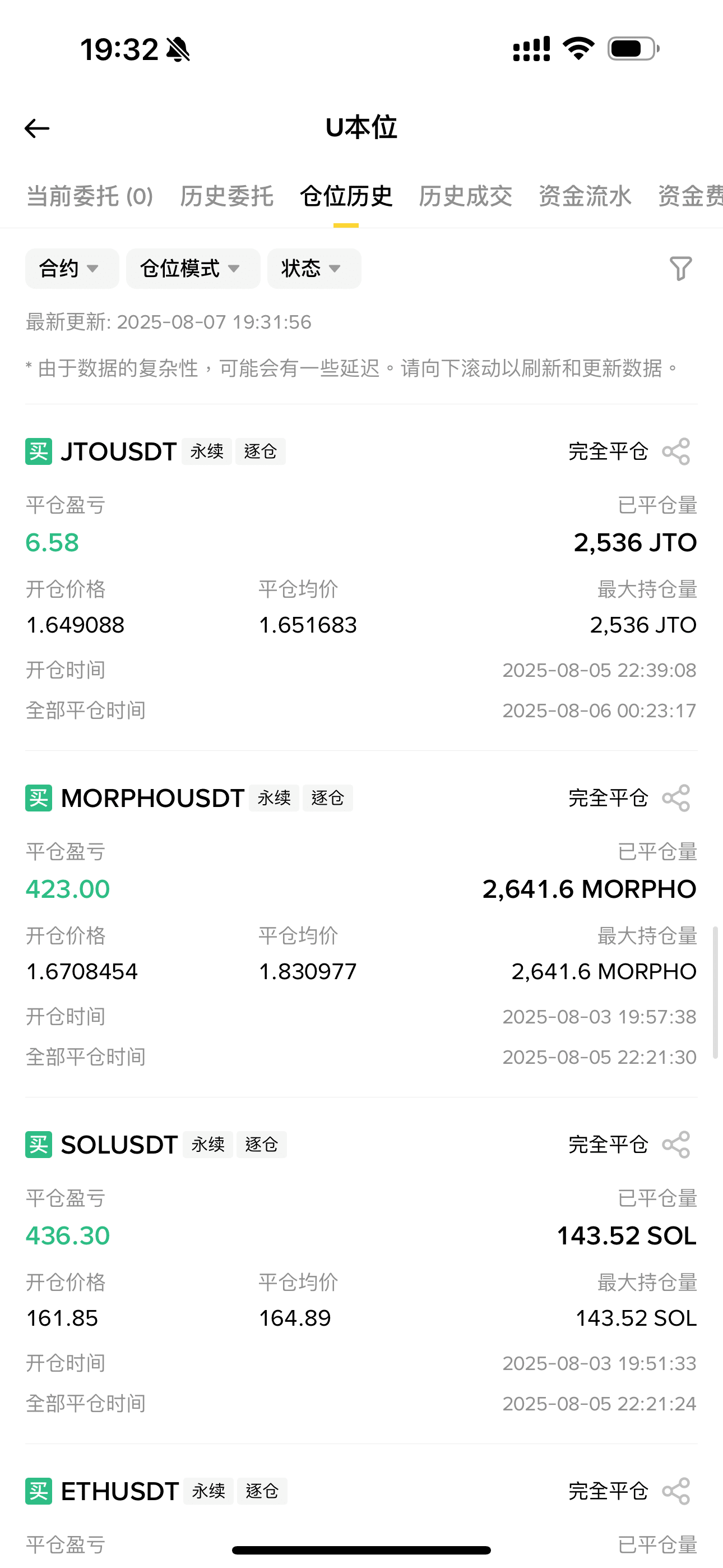Core viewpoint: It’s too early to talk about the end of the bull market now!
Index fluctuations are 'acting': around 3600 points up and down, don’t take it too seriously. Bank stocks (with small trading volume, only around 30 billion) are tools to regulate the index. When the market is bad, pull up banks to stabilize the index, and when the market is good, let banks rest to create the illusion of a 'slow bull'.
This bull market is different: it is dominated by 'those above'. The goal has shifted from 'land finance' to 'equity finance' (similar to the housing reform back then). State-owned enterprises' buybacks, assessment of market value management, and pension fund holdings all indicate this.
Why do we need a bull market? Upgrading technology requires money. Banks are afraid of bad debts (high innovation risks for enterprises), while financing through the stock market (registration system) doesn’t require repayment, making it a better method. But to encourage everyone to invest actively (financing), there must be a profit effect (bull market), just like when housing prices rose to deplete inventory.
When will the bull market end? It might only be at the end when the layout of 'equity finance' is completed (like when the targeted private enterprises are mostly acquired), and the goals for financing technological upgrades are achieved. More clear signals are expected by the end of the year or early next year.
Historical patterns remind us: A-shares have short bull markets and long bear markets, rising quickly and falling slowly. Bull markets rely on volume (trading volume will increase many times). The 60-day moving average is an important reference (if it doesn’t break, there’s hope; if it breaks, be cautious). Ultimately, bull markets serve industrial upgrades (this time it’s for technology to be self-controlled).

Practical advice for retail investors (in simple terms):
Don’t borrow money to trade stocks! Only use spare money, and losses shouldn’t affect your life. High pressure can lead to chaotic operations.
Lower expectations, recognize risks! High returns come with high risks. Don’t think about getting rich overnight.
Control your hands, learn to wait! When the market is bad, take a break from positions. Reduce positions or stay out one week before major holidays (like National Day or Spring Festival).
Trend is king! If the stock price is above the moving average (like the 20-day line) and breaks out with volume, consider following; if it breaks below the line, think about exiting. Don't go against the trend.
Watch volume and turnover! A big rise is best with high volume (people are buying). For short-term strong stocks, a rise of over 5% in a day with a turnover rate between 5%-30% is ideal (too low means no popularity, too high may indicate selling).
Opportunities at emotional lows! The market always has panic lows each day; buying resilient stocks at this time may yield cheap chips.
Combine news with position! No matter how good the news, if the stock price is high, be careful of traps; no matter how bad the news, if the stock price is low, it may be an opportunity (like bad news being exhausted).
Focus on main lines! Only invest in hot sectors (supported by national policies, where funds are concentrated). Each sector typically has about 4 leading stocks.
Don't be greedy! If your funds are limited (like under 1 million), don’t buy too many stocks (no more than 4). Catching 1-2 main upswings each year is enough.
Learn to stop losses and take profits! Cut losses at 5% or 10% (fixed rule). If you make money, be willing to sell even if there's a pullback (like 5%); don't ride a roller coaster.
Only deal with familiar stocks! Don’t touch companies you don't understand. Conduct in-depth research on fundamentals and technicals.
Don't easily try to catch the bottom! In a downward trend, even if it looks cheap, don't rush; wait for clear reversal signals.
Be wary of high opens and low closes! Stocks that open high but close low with good news may be a trap.
Make independent judgments! Commonly known 'good news' may actually be 'bad news'. The market often punishes those who follow the crowd.
Only major policies are useful! Don’t take insignificant policy news too seriously.
Mindset is crucial! Don’t stare at the ups and downs every day after buying, and don’t regret selling. Respect the market, maintain a calm mindset. Hold stocks without being surprised by their fluctuations; don't hold stocks but always look for opportunities.

A brief overview of several practical viewing techniques:
Comprehensive ranking (input 80+ and press enter): See the hottest/coldest stocks in the market at a glance.
Foreign capital trends/number of stocks up or down (input 76/number of stocks): Observe the flow of smart money and overall market sentiment (emotional lows often lead to good profits).
Comparative strength (right-click on K-line to overlay varieties): Overlay K-lines of selected stocks, clearly showing who is strong and who is weak.
Yesterday's limit-up performance: Observe the short-term sentiment of the relay (a pullback to the 5-day line may present an opportunity).
Trading volume is key: volume and price both rising is healthy. A volume breakout and a volume pullback are good signals. If your stocks are resilient during a crash (slightly down or unchanged), it indicates funds are protecting them.
Summary:
The end of the bull market is far from over; the core is to cooperate with 'equity finance' and financing for technological upgrades. Retail investors want to make money:
Recognize the big direction (the country wants to develop a tech bull market).
Invest with spare money, control risks (don’t borrow money, set stop losses).
Go with the trend (follow the trend, invest in leading stocks).
Control your hands, wait for opportunities (be ready to stay out, act at emotional lows).
Maintain a good mindset (don’t let ups and downs affect your judgment). Simply put, before achieving goals up 'above' (successfully raising funds for technology), the market needs to maintain a certain level of activity and profit effect. But remember, capital is ruthless; there is no real slow bull market, and in the end, it’s always the majority of unprincipled retail investors who foot the bill. Operate according to plan, and avoid 'greed, anger, ignorance'.
#以太坊财库公司 #ETH巨鲸增持 #特朗普允许401(k)投资加密货币
Keep a close watch: prove asr bio gps